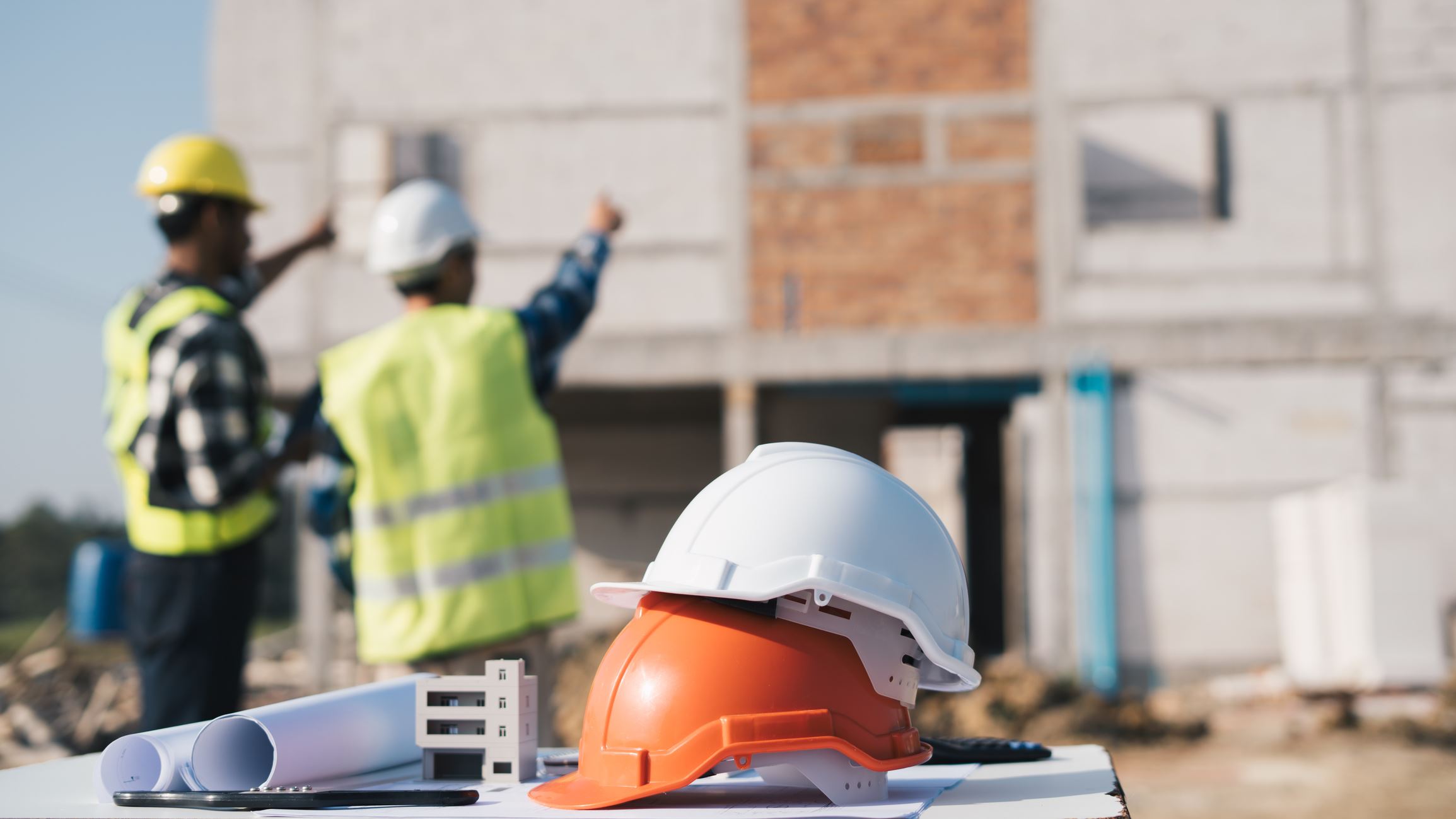Construction work is demanding, and accidents can happen despite stringent safety measures. When an accident occurs on a construction site, workers often rely on workers’ compensation to cover medical expenses and lost wages. However, there’s another crucial legal avenue that injured construction workers should be aware of: third-party liability claims.
Understanding Third-Party Liability
What is Third-Party Liability?
Third-party liability, in the context of construction accidents, refers to the legal responsibility of individuals or entities other than the injured worker’s employer who may have contributed to the accident or injury. These third parties can include general contractors, subcontractors, property owners, equipment manufacturers, and other entities or individuals working alongside or in collaboration with the injured worker’s employer.
How Does it Differ from Workers’ Compensation?
Workers’ compensation is a no-fault system that provides financial benefits to injured workers, regardless of fault. In contrast, third-party liability claims may involve establishing fault or negligence on the part of a party other than the employer. While workers’ compensation benefits are typically limited to medical expenses and a portion of lost wages, third-party liability claims may allow injured workers to seek additional damages, such as pain and suffering or compensation for future medical treatment and lost earning capacity.
Potential Scenarios for Third-Party Liability
Examples of Third-Party Liability Scenarios
- Defective Equipment: If a construction worker is injured due to a defective tool or machinery, they may have a product liability claim against the manufacturer of the equipment.
- Negligent Subcontractors: When a subcontractor’s negligence leads to an accident, injured workers may pursue claims against that subcontractor.
- Unsafe Property Conditions: Property owners or managers who fail to maintain a safe working environment may be held liable for accidents that occur on their premises.
- Traffic Accidents: Construction workers involved in work-related vehicle accidents may have claims against negligent drivers.
- Unsafe Worksites: A very common source of accidents on work sites result from height related events such as scaffold falls or workers being injured by falling objects that were not properly secured. New York law provides strong legal tools to hold general contractors, owners and subcontractors accountable.
Benefits of Pursuing Third-Party Liability Claims
Additional Compensation
One of the primary benefits of pursuing a third-party liability claim is the potential for additional compensation. While workers’ compensation provides essential benefits, it may not fully cover the long-term financial impact of a severe injury. Third-party claims can seek substantial damages that go beyond the scope of workers’ compensation, providing a more comprehensive financial recovery.
Accountability
Third-party liability claims hold negligent parties accountable for their actions or failures to ensure a safe work environment. This accountability not only benefits injured workers but also promotes safer practices within the construction industry.
Access to Legal Recourse
Workers’ compensation typically bars employees from suing their employers for workplace injuries. Third-party claims offer injured workers access to the legal system to seek compensation from entities or individuals whose negligence played a role in their injuries.
Challenges and Considerations
Complex Legal Process
Third-party liability claims can be legally complex, involving investigations, evidence gathering, and negotiations with multiple parties. Injured workers may require experienced legal representation to navigate this process effectively.
Shared Liability
In some cases, multiple parties may share liability for an accident. Determining each party’s degree of fault can be challenging and may involve litigation.
Statutes of Limitations
Third-party claims are subject to statutes of limitations, which vary by jurisdiction. It’s crucial to initiate these claims promptly to avoid losing the right to seek compensation. The sooner you consult an experienced lawyer to discuss your options, the sooner they can begin to secure valuable evidence to prove your claim.
Understanding third-party liability in construction accidents is vital for injured workers seeking full compensation for their injuries. If you or someone you know has been injured in a construction accident, it’s essential to consult with an experienced attorney at Dansker & Aspromonte Associates LLP who can assess the circumstances of the injury and determine whether a third-party liability claim is a viable option. By exploring this legal avenue, injured workers can better protect their rights and financial well-being in the aftermath of a construction accident.
If you or someone you love was injured in a construction accident, call us today at (212) 732-2929 for a free initial consultation.






